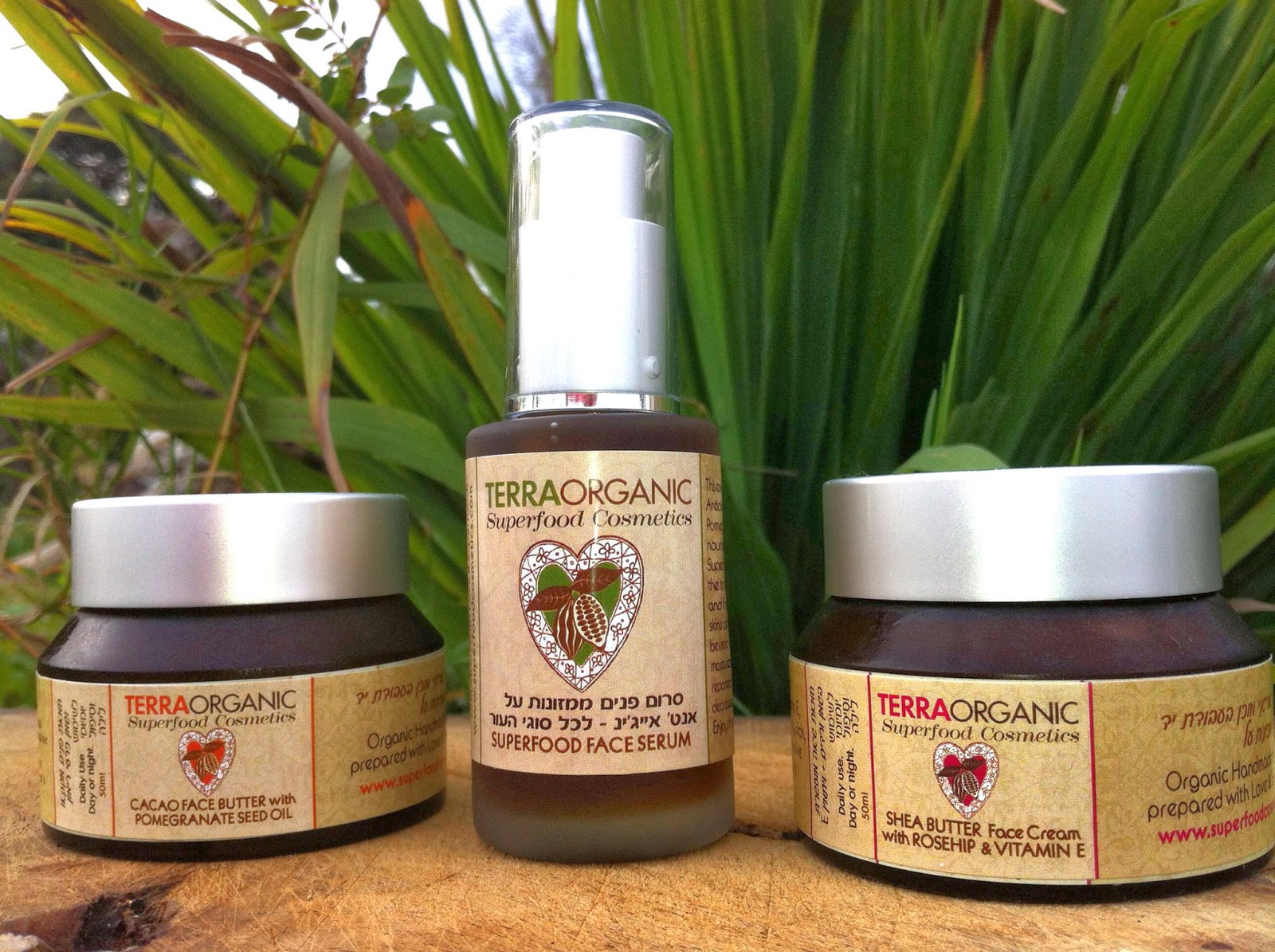Synesthesia & Light Language Herbal immersion
Although considered rare in Western societies, synesthesia finds a prominent place in the arts and practices of some indigenous cultures, offering a fascinating glimpse into the intricacies of human perception.
In the Western world, studies indicate that the prevalence of synesthesia ranges from 0.05% to 3%, making it relatively uncommon.
However, in the artistic expressions of certain indigenous cultures, synesthesia's presence becomes more pronounced, woven into the very fabric of their creative endeavors.
Among the Shipibo-Conibo people of Peru, synesthesia finds its way into their artistic traditions of pattern weaving.
Drawing inspiration from drug-induced visions, patterns in cloth and pottery are not merely visual designs; they are imbued with musical structures and synesthetic odors. Each pattern is crafted to sound pleasing and evoke specific scents.
The Shipibo-Conibo embrace synesthesia as an integral part of their creative process, resulting in artistic creations that transcend traditional boundaries.
Similarly, the Aymara of Bolivia embrace synesthesia in their cloth weaving, where touch, color, and sweetness converge in a sensory dance. This cultural intertwining of senses allows the Aymara to express their perception of the world through artistic creations that go beyond the realm of mere aesthetics.
For the male Desana, a Tukano Indian tribe of Colombia, music composition serves as a window into their cosmological, religious, and color symbolism systems.
Their compositions are not merely auditory experiences; they are a means to evoke desired synesthetic colors, each with its specific temperature and associated odor. Through their music, the Desana create a multisensory symphony that transcends the boundaries of conventional artistic expression.
Beyond indigenous cultures, synesthesia can also manifest within individuals who engage in practices that foster heightened awareness and connection to the whole.
When perceiving the world with a felt sense, internal synesthesia is not uncommon. The 'sense of all that' may manifest as a taste, a sound, shape or a color, creating an interplay of senses that enriches one's perception.
Research suggests that nearly everyone is a synesthete until about eight months old, where interconnected senses gradually separate as the brain develops.
However, individuals who embrace practices like felt sense report the resurgence of synesthetic experiences in their lives.
By attending to the 'whole,' connections between awareness and body sensations are established, and connections between the senses themselves are rekindled.
Engaging in felt sense practices not only enhances intuition, creativity, and effective decision-making but also reawakens the innate potential for synesthetic experiences.
Just as indigenous cultures seamlessly integrate synesthesia into their artistic expressions, modern individuals who explore felt sense find that the boundaries between senses blur, enriching their perception of reality.
Indigenous cultures have long embraced synesthesia as a natural part of their artistic traditions, allowing their creations to resonate with a harmonious intermingling of sensory experiences.
Synesthesia has been linked to higher levels of creativity and a surprising number of artistic luminaries
were synesthetes, including Vassily Kandinsky (color, hearing, touch and smell), Vladimir Nobokov
(color and letters), Duke Ellington (color and musical chords), David Hockney (color, shape and
configuration), and physicist Richard Feynman (colours and equations). Other notable synesthetes
include Billy Joel, Pharrell, Mickey Hart of the Grateful Dead, Olivier Messiaen, Stevie Wonder, Kayne
West, Ida Maria, Itzhak Perlman and Nikolai Rimsky- Korsakov.
Isaac Newton and Goethe suggested that colors and musical tones shared common frequencies,
accounting, to some degree, for those with chromesthesia; sounds being simultaneously represented as
colors and shapes, often with spacial dimension and directional movement. Quantum non-locality,
vibrational resonance from a distance, accounts for synesthetes who feel body sensations triggered by
the thoughts and emotions of others, a form of kin esthetic telepathy, and those who ‘taste’ or ‘smell’ the
memories of others. It also accounts for synesthetes who specifically see the colors of people’s auras.
Numerous Universities have conducted studies into synesthesia, including the University of Boston, University of Edinburgh, University of Sussex, Cambridge University and others, and several books have also been published on the phenomena. All not only agree on the genuine nature of synesthesia, but also harbor theories as to its origins. Most agree that there is a genetic element, for example, synesthetes are more likely to be women, and more likely to be women who have a mother who is also a synesthete.
Light Language is a synesthetic experience bringing this feeling into shape and color as one language.
Is a decoding of this feeling of "all that is". It is a Mayan-Aztec derived practice that has passed down through the ages from generation to generation in an unbroken lineage. Right now Starr Fuentes is the last lineage holder and she has shared this gift with thousands of practitioners around the world.
As a master teacher of Light Language, I have come to a deep communion with the plants, trees and healing items and they have given me their authority to describe them and letter them out as living organisms. The way they communicate between them is by emanating shapes and colors. I am sure they emanate sounds but this I cannot hear.
As a result I have prepared a Light Language herbal Immersion class that provides initiation to the plant kingdom's language. Through the initiation and caught teaching of this class one has the opportunity to learn, hear, see, feel, smell, touch the essence of these plants and receive the energetic healing that they are bringing with them from the higher vibrational realms.
It is a marvelous class that makes synesthesia easier and more tangible for everyone to re-member and become part of this organic reality that is called Earthing.
For more info please contact me at aponiraw@gmail.com



Comments
Post a Comment